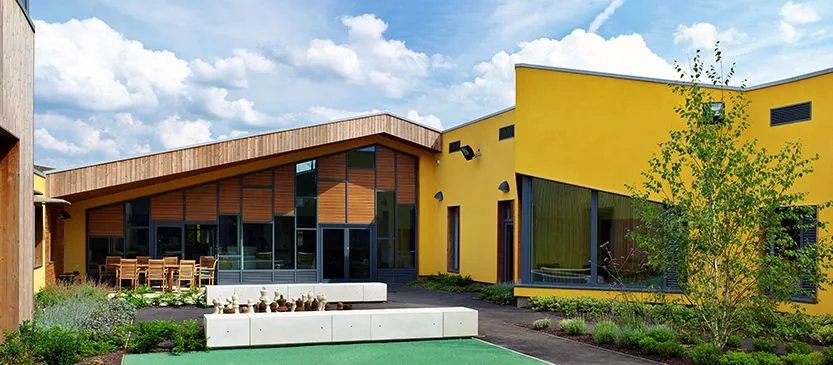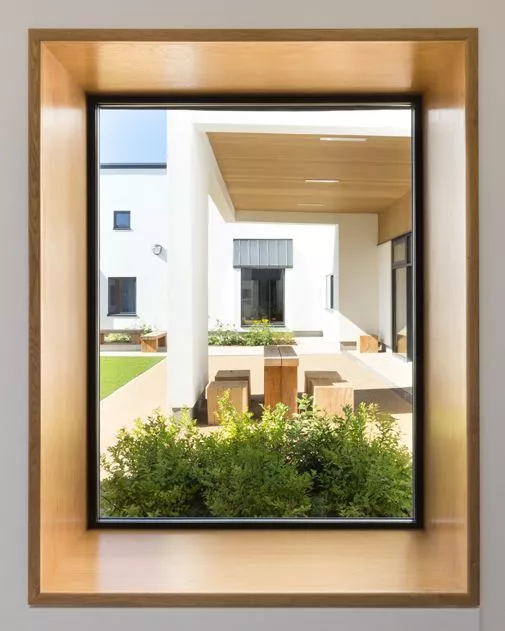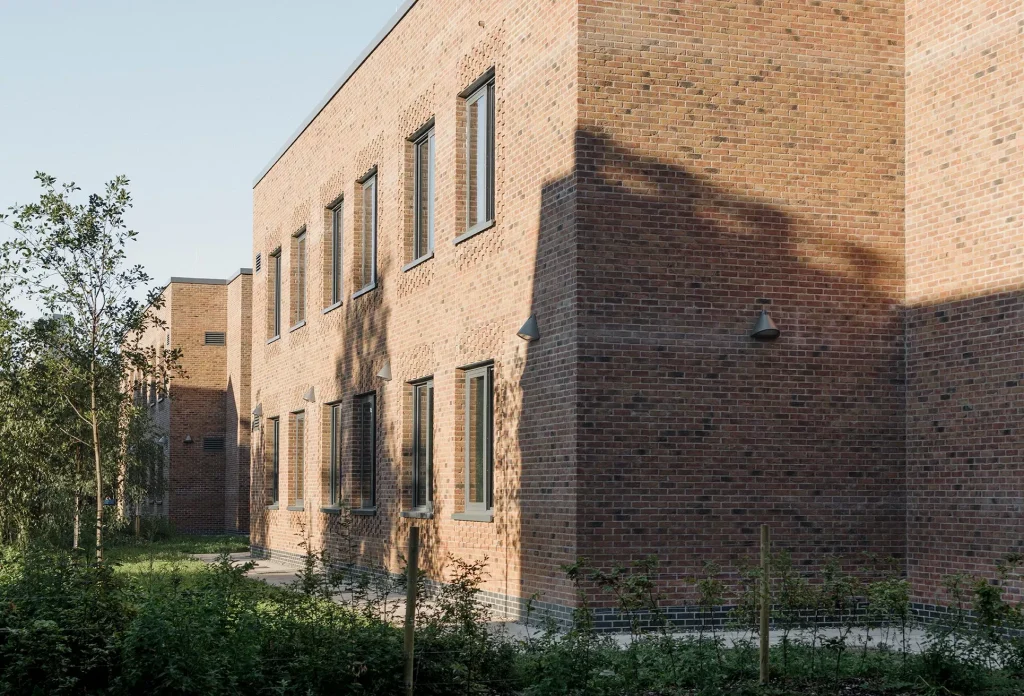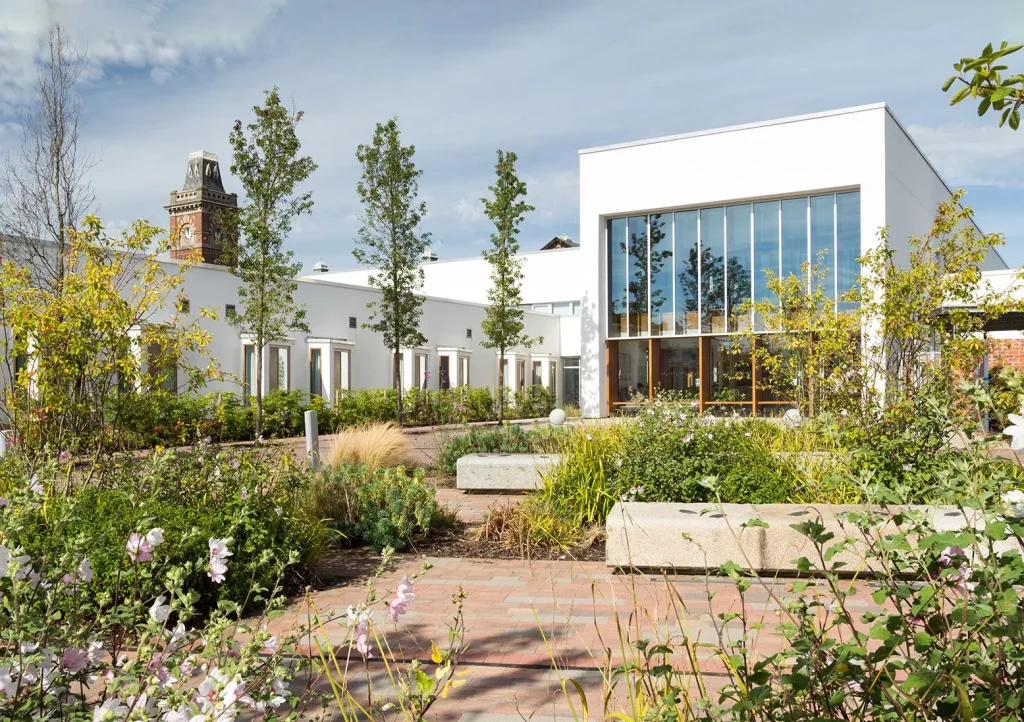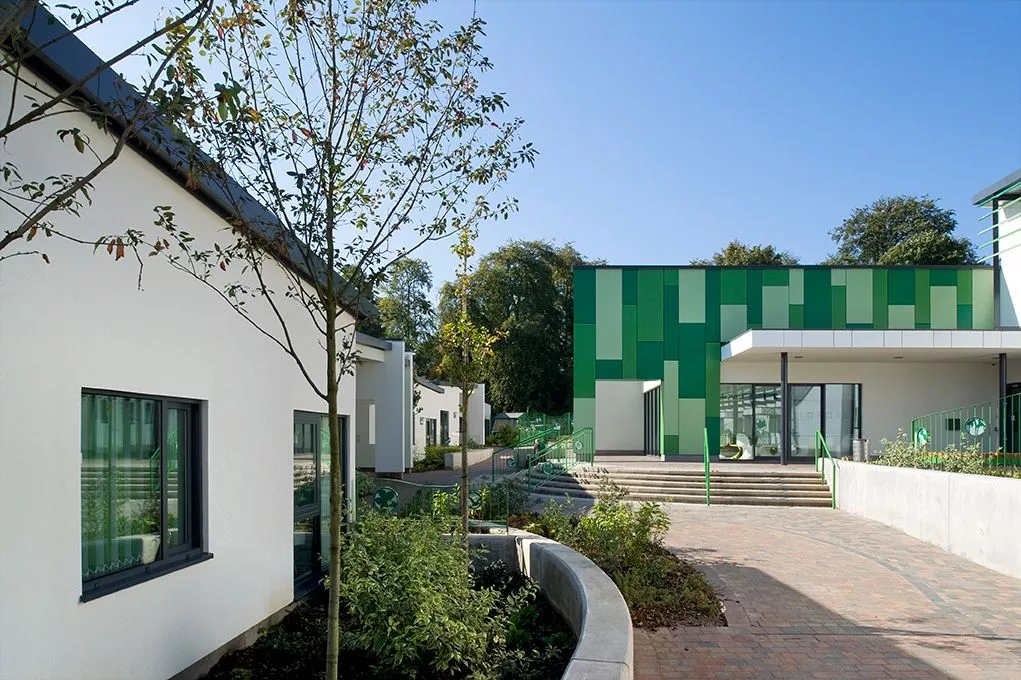That we live in an unequal world is not breaking news for most of us; geography, socio-economics and education all have a massive influence on whether we flourish or wither as societies, as social groups, as individuals. Even if you are fortunate enough to live in a country with ‘good’ health provision, are economically stable and enjoy productive relationships with colleagues, friends and family, it is unfortunately still likely that you will receive unequal access to healthcare depending on whether it is your mind that is injured, or your leg. Despite strong evidence as to the success of early intervention and treatment for mental healthcare, successive governments’ health spending on physical diagnosis, treatment and recovery has always been prioritised over mental health services, with those suffering mental ill-health usually waiting months for their first assessment.
The Trades Union Congress (TUC), together with Health Campaigns Together and the NHS Support Federation reported on the ‘Systemic underfunding in mental health services’ within their report ‘Breaking Point: the crisis in mental health funding’.1 This described how Clinical Commissioning Groups (CCGs) in England spent £10.1bn on mental health services in 2017–18, representing 13.7 per cent of overall CCG spending. In addition, NHS England spent £1.9bn directly on specialised mental health services. Introduction of the Mental Health Investment Standard (MHIS), by NHS England in 2015/16, aims to support the ambition of parity between physical and mental health, through mandating increased spending by commissioners in mental health investment by at least as much as the overall increase in their allocation.
Additionally, the more recent NHS Long Term Plan has made a renewed commitment within the context of COVID-19, to improve and widen access to care for children and adults requiring mental health support, aiming to put mental health care on a level footing with physical health services, creating a new ringfenced local investment fund worth at least £2.3 billion a year by 2023/24. The ambition is to deliver the fastest expansion in mental health services in the history of the NHS, with adults being able to access more quickly talking therapies for common disorders and better support being offered for children and young people.
Poverty and its impact on mental health
Within the UK, waiting times to access initial assessments vary widely across regions, with access opportunities, and overall mental health provision different, depending on where you live. It is widely documented that for those who live in poorer areas, the odds ratio for having any mental health disorder is much higher than those with a better socioeconomic status.
A review to inform the Joseph Rowntree Foundation’s Anti-Poverty Strategy concludes that, “Poverty increases the risk of mental health problems and can be both a causal factor and a consequence of mental ill health. Mental health is shaped by the wide-ranging characteristics (including inequalities) of the social, economic and physical environments in which people live. Successfully supporting the mental health and well-being of people living in poverty and reducing the number of people with mental health problems experiencing poverty, require engagement with this complexity.”
The review recommends that people experiencing poverty and mental health problems would benefit from, “the creation of accessible, integrated public service hubs within deprived communities would provide individuals, families and groups with timely, appropriate and local support and care. A national programme of primary care-based social prescribing within these communities would facilitate people’s access to mental health, enhancing social, cultural and leisure activities that are beyond their economic reach.”2
The impact of the pandemic – access to mental health services
Only this month, a BBC freedom of information request reported on extended waiting times for specialist care for children and young people in England, with an average wait over 8 weeks and 20% waiting over 12 weeks for initial assessment. Impacted by the pandemic, there are signs that waiting times overall have improved since before March 2020, however this has been identified as likely the fact that less people are coming forward for treatment. The impact of the pandemic has also changed the way that access to care has been delivered over the past 18 months.
Mind, the mental health charity, launched an online survey in December 2020 for people aged between 16 and 46, regarding contact with mental health services during the pandemic.3
- 34% felt waiting times for online or telephone support was the same as face to face
- 30% felt they could access help more quickly
- 16% felt wait was longer
The pandemic has accelerated the push to improve digital infrastructure within both mental health and acute health facilities to enable more widespread use of virtual consultation, diagnosis and treatment. For healthcare architects, it is important to ensure that this forms part of an integrated approach, to ensure more traditional, physical routes to diagnosis and treatment are not neglected or compromised and that a focus on appropriate, therapeutic environments is maintained.
Impact of the environment in mental health settings
The importance of appropriate, therapeutic environments for delivery of successful mental health services is at the forefront of the Design in Mental Health Network’s ethos. Driven by the fact that design matters, our aim is to ensure that everyone who accesses or works in mental health services has access to high-quality facilities, to improve safety and patient outcomes.
The impact of the environment on our well-being is widely understood, but there remains a lack of evidence demonstrating the relationship between environmental factors and behavioural response. Where research is available, it tends to point to complex interrelationships between the environment and groups of individuals rather than a direct individual response to physical features. In the UK, the Royal College of Psychiatrists’ College Centre for Quality Improvement (CCQI) core mental health inpatient standards 2019 assess ward/unit environments using an essential/expected/desirable standard. However, there is little focus on the impact on the individual and the expected standard of the interior design, and the design of external environments of the inpatient settings. Normalising the health setting in order to improve quality of life, well-being and social inclusion should be no different to the offering of a primary or acute care setting – other than the obvious inability to leave until you are considered well enough.
The impact that good design, with patient recovery at its heart, can have, offers many measurable benefits within inpatient settings. Evidence-based research carried out by the Design in Mental Health Network indicates that within a new inpatient facility, there was a 70% reduction in seclusion rates4 and a 20% reduction in average length of stay following a high-quality existing ward refurbishment.5
Within the Design in Mental Health Network, one of our Experts by Experience, artist and designer James Leadbitter, has seen the insides of both an old, ‘traditional’ ward environment and a contemporary, patient-led recovery facility: “The difference between the two environments where I have been a patient is that the old environment felt like the end, where the new one felt like a beginning. And for me, that was crucial, how it made me feel. Bad equalled the end. Good equalled a beginning. Despair versus Hope…. Both settings had great staff in the main, trying to do their very best.” The link between high quality environments for staff to work efficiently and safely is also proven. The best facilities attract the best staff and a satisfied workforce offer the best care.
Mental health inpatient facilities can, at times, be noisy places. The need for safe and secure interior design features, fixtures and fittings can often result in hard internal finishes. As well as having a negative effect on the mental state of patients, if can also make it extremely difficult for staff to communicate, both with each other and with patients. Our expert by experience, Katherine Lazenby describes how interrupted sleep is one of the worst factors in mental healthcare settings. The adverse effects that persistent noise levels can have on health are being increasingly recognised, with links to increases in blood pressure, heart rate and increased stress hormone levels.6 Last year, the government committed more than £650 million to eradicate dormitory accommodation from mental health facilities across the country to improve the safety, privacy and dignity of patients suffering with mental illness.7
Access to outdoor space / Gardens and Courtyards
Particularly through the early days of the pandemic, inequality in terms of access to outdoor space for ‘the daily walk’, recreation or exercise was highlighted, with the plight of many living in inner-city high-rise facilities regularly appearing in news stories. Within mental health inpatient facilities, gardens offer opportunities for increasing the range of normalising human experience. External spaces can offer solitude that can be hard to find inside a busy mental health unit, and can enhance the range of available activities, for instance sculpture and drama projects that would be constrained internally. A courtyard garden can be treated as a therapy room in good weather and external areas can offer a refuge for service user or staff.
Architect Roger Ulrich was an advocate for evidence-based healthcare design and the founder of the belief that natural light and good views can help recovery. Awareness of the circadian rhythms reinforces normal sleeping patterns, whilst visibility of changing weather and passing seasons help build the connection between the individual and the surrounding environment. Exposure to nature has been shown to lower cortisol levels, a measure of stress. Adding healing gardens and other greenery can help soothe agitated patients and give staff a place to decompress. At P+HS Architect’s Foss Park in York, there are influences from nature throughout, expressed through materials choices, colours and artwork; connectivity and access outside is prioritised with safe and unlimited access to varied gardens. Single sided corridors ensure bedroom doors open onto light filled spaces with immediate views to the outdoors. Generous windows connect inside and out, there’s natural light, garden views and window seats to enjoy them from. Ward teams have reiterated the benefits of views and fresh air in the design, reducing the emotional temperature of ward environments.
Reducing stigma
Within the built acute healthcare sector, hospitals to treat the physically unwell are often recognised as town or city landmarks, contributing positively to the urban grain of our environments. Traditionally, facilities for treating mental ill health have been hidden away, often behind high fences, literally cut off from the locality in which they are situated in. For years, they were places to be afraid of; the focus of stories of naughty children being sent away. Current design thinking puts focus on well-located, welcoming and attractive buildings reducing stigma and changing the way people see the mental health of others and themselves. This is apparent in Medical Architecture’s design of Blossom Court at the existing St Ann’s Hospital in Harringay, London, where the existing buildings were inaccessible behind security fencing, but now are clearly embedded in the urban grain. A secure enclosure is created by the building itself, removing the need for fencing, and the building is prominently located, promoting the hospital’s mental health services to the community.
SUMMARY
The UK government is fighting battles on many fronts. The battle for parity between physical and mental health is one that the Design in Mental Health Network is determined to continue fighting. Why is the brain treated differently to the rest of the body? Patients will mental illnesses often wait months, not hours, for urgent care. When assessed, they can often receive the bare minimum of treatment, rather than what is likely needed to result in a long-term solution.
We want the government to expand and accelerate investment for best practice, recovery-led, therapeutic environments. We know that well-designed spaces help people recover faster and allow staff to offer the best care. We want to build more and build better.
“Whenever we speak to people with lived experience of mental health care, their feedback is consistent – they need hospital buildings that create the space for them to recover. The design of the environment has a huge impact on them, and staff, and it is essential that the space makes them feel less vulnerable and supports therapeutic relationships with clinical staff. There are numerous examples around the world of how investment in well-designed mental health environments improves recovery times – helping provide care to more people. They also reduce patient distress which can present as challenging behaviours, creating a better working environment for staff which will help attract and retain much needed clinical staff. Our ask to the government is to invest in building fit-for-purpose mental health environments that create the space for people with mental ill health to recover.”
Philip Ross, Chair, Design in Mental Health Network
1 https://www.tuc.org.uk/sites/default/files/Mentalhealthfundingreport2_0.pdf Trades Union Congress, ‘Breaking Point: the crisis in mental health funding’, p6.
2 https://www.mentalhealth.org.uk/sites/default/files/Poverty%20and%20Mental%20Health.pdf . Poverty and mental health: A review to inform the Joseph Rowntree Foundation’s Anti-Poverty Strategy, p.4.
3 : ‘Trying to connect: The importance of choice in remote health services’, Mind (2021), p. 16
4 Lawson, B., Phiri, M., & Wells-Thorpe, J. (2003), ‘the architectural healthcare environment and its effects on patient health outcomes: A report on an MHS Estates Funded research project, London, The Stationery Office, as cited in ‘Design with People in Mind’, Design in Mental Health Network (2017), p.5.
5 Payne, H. & May, D. (2009), ‘Evaluation of a refurbishment scheme incorporating the King’s Fund “Enhancing the Healing Environment” design principles. Journal of Facilities Management, 7(1), 74-89, as cited in ‘Design with People in Mind’, Design in Mental Health Network 2017, p.5.
6 https://www.hindawi.com/journals/omcl/2019/4623109/



